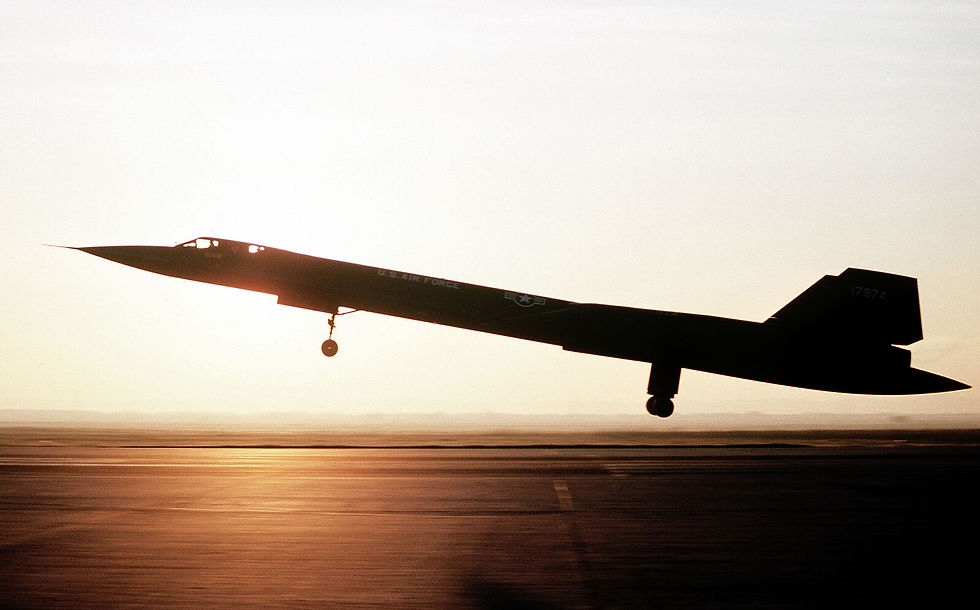World's First Floating Ammonia-to-Hydrogen Cracker: A Breakthrough for Clean Energy
- HX

- Jun 12
- 2 min read

In a major leap toward scalable clean energy infrastructure, Norwegian shipping company Höegh Evi and Finnish technology group Wärtsilä have successfully developed the world’s first floating ammonia-to-hydrogen cracker. This cutting-edge innovation enables the conversion of shipped ammonia back into hydrogen at an industrial scale—potentially revolutionizing global hydrogen logistics and supply chains.
The floating cracker is designed to produce up to 210,000 tonnes of hydrogen annually, equivalent to the output of a gigawatt-scale electrolyser. What sets this solution apart is its modular design, which allows it to be installed at existing liquefied natural gas (LNG) terminals, significantly reducing the time and cost required to establish hydrogen import infrastructure. This flexibility makes it an ideal choice for ports and regions seeking rapid deployment of clean hydrogen solutions.
Hydrogen is widely recognized as a critical enabler in the decarbonization of hard-to-abate sectors such as steel, cement, and heavy transport. However, a major bottleneck in the hydrogen economy has been the challenge of transporting hydrogen efficiently over long distances. Ammonia offers a practical workaround, as it is easier and cheaper to ship. Once delivered, however, it must be "cracked" back into hydrogen—a process that traditionally required land-based facilities. The new floating cracker bypasses this limitation, enabling on-site conversion at the port of entry, which could dramatically scale up hydrogen availability.
This development is not only technologically significant but also strategically important for global energy markets. For instance, Höegh Evi is planning to deploy this solution in Germany’s Baltic Sea port of Lubmin, where a floating hydrogen import terminal will supply hydrogen to inland users. A final investment decision for this project is expected by the end of 2025 (Reuters, 2025). Funded in part by Norway’s Green Platform Programme, which contributed €5.9 million, this project demonstrates growing public and private sector commitment to advancing green hydrogen solutions (Wärtsilä, 2023).
From an industry perspective, the floating ammonia-to-hydrogen cracker is a game changer. It reduces infrastructure barriers, accelerates project timelines, and supports the development of an international hydrogen trade network. This aligns well with national and regional energy strategies in Europe and Asia that are increasingly relying on imported hydrogen in the form of ammonia. By commercializing this floating technology, Höegh Evi and Wärtsilä are positioning themselves at the forefront of a new era in energy logistics.
Ultimately, this innovation bridges the gap between production and consumption, bringing clean hydrogen closer to end-users in a scalable, cost-effective way. It is a key milestone in the transition from pilot-scale demonstrations to full-scale commercial applications, and it could set the standard for future hydrogen import infrastructure around the world.
References
Höegh Evi. (2025, April 24). Höegh Evi, Wärtsilä and partners successfully complete development of the world’s first floating ammonia-to-hydrogen cracker. https://hoeghevi.com/about/news/
Reuters. (2025, February 5). Norway's Hoegh maps out hydrogen delivery plans to Germany. https://www.reuters.com/business/energy/norways-hoegh-maps-out-hydrogen-delivery-plans-germany-2025-02-05/
Wärtsilä. (2023, April 13). Wärtsilä, Höegh LNG and partners receive funding of 5.9 million euros for major clean energy initiative. https://www.wartsila.com/media/news/13-04-2023-wartsila-hoegh-lng-and-partners-receive-funding-of-5-9-million-euros-for-major-clean-energy-initiative-3519586
.png)



Comments